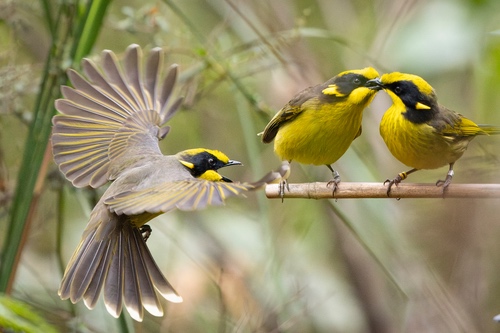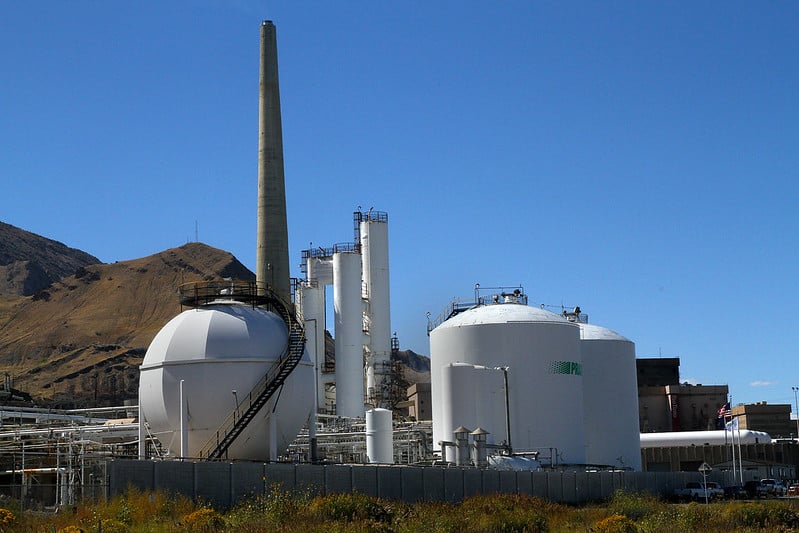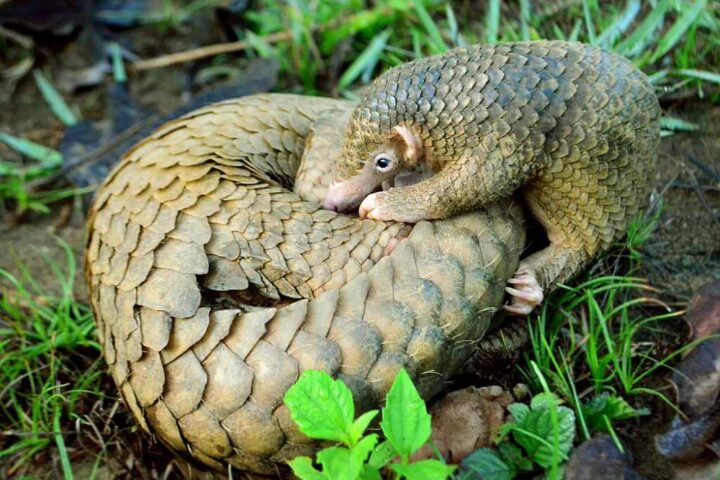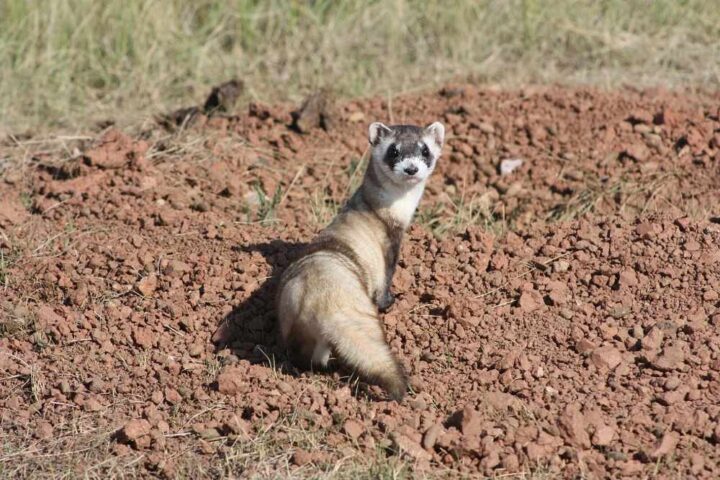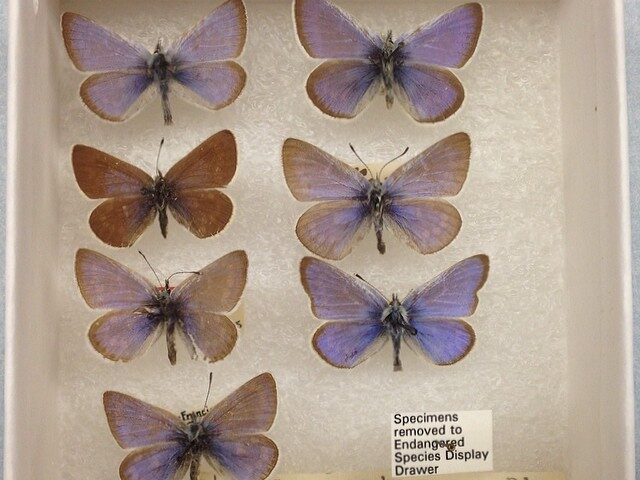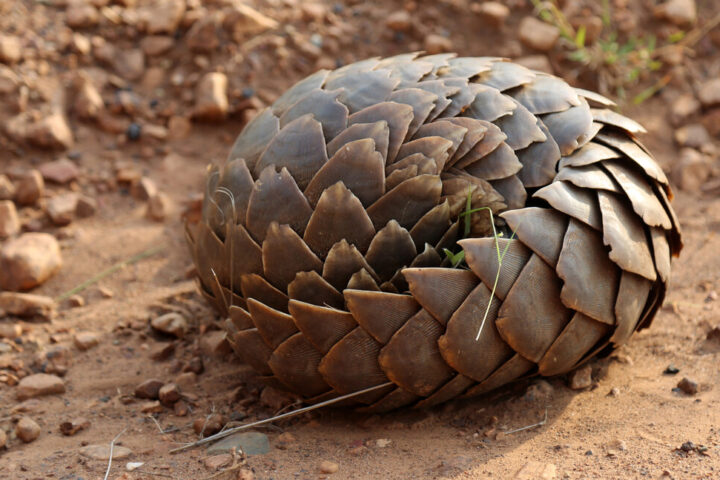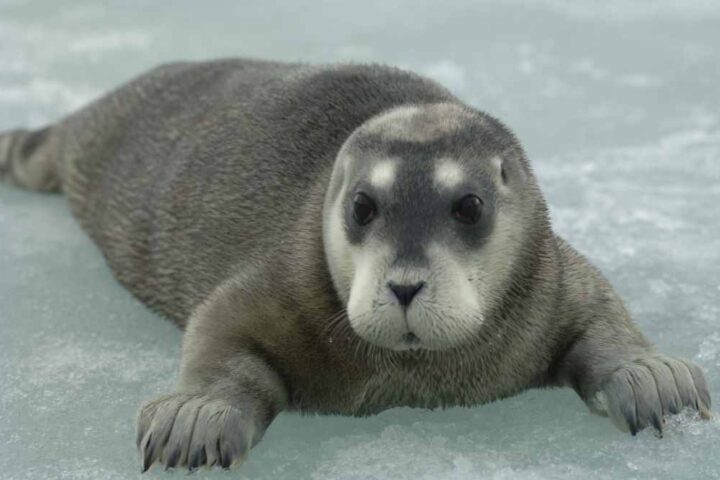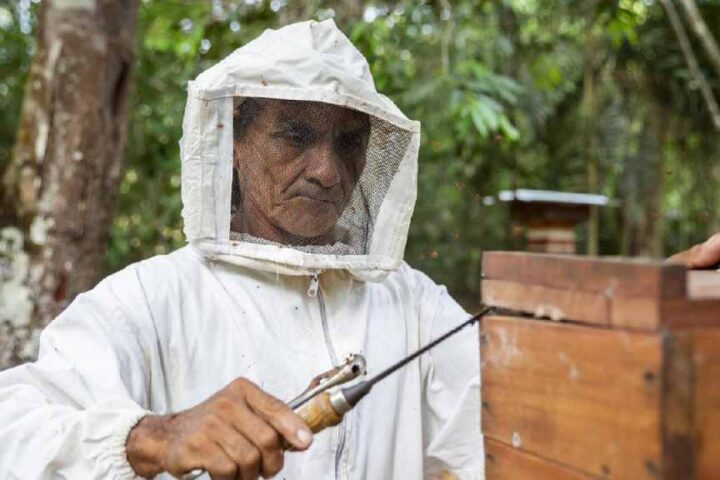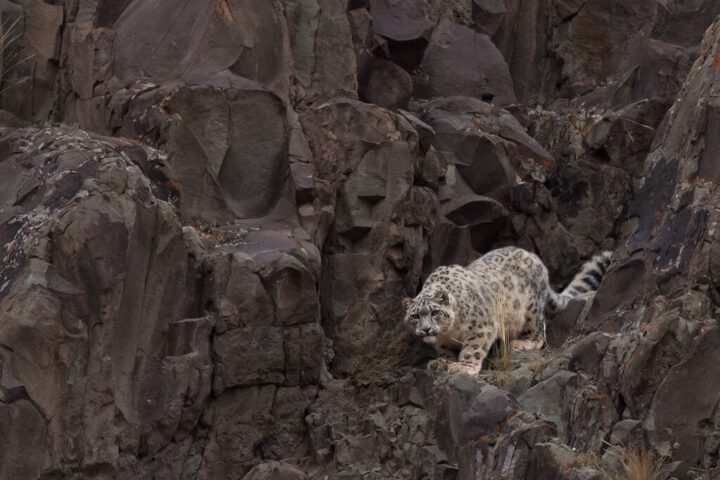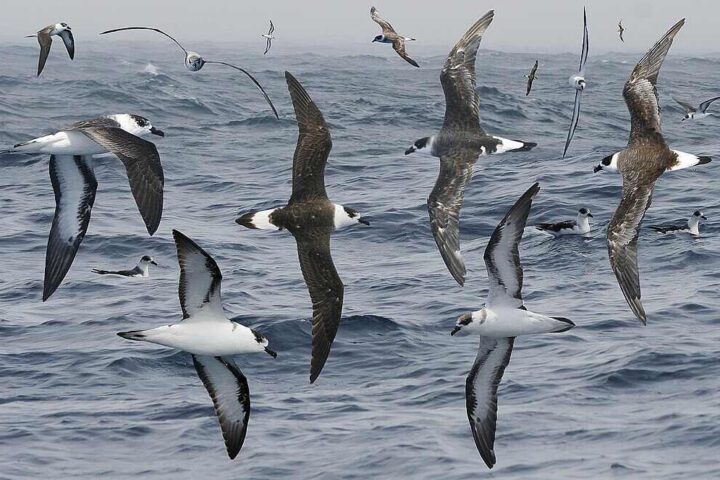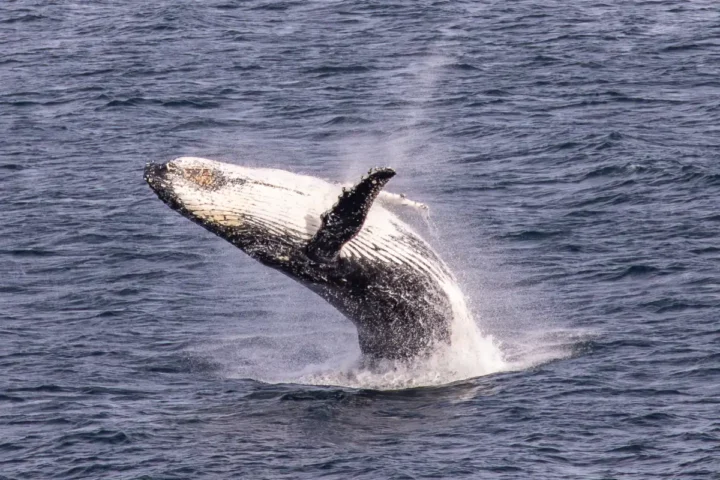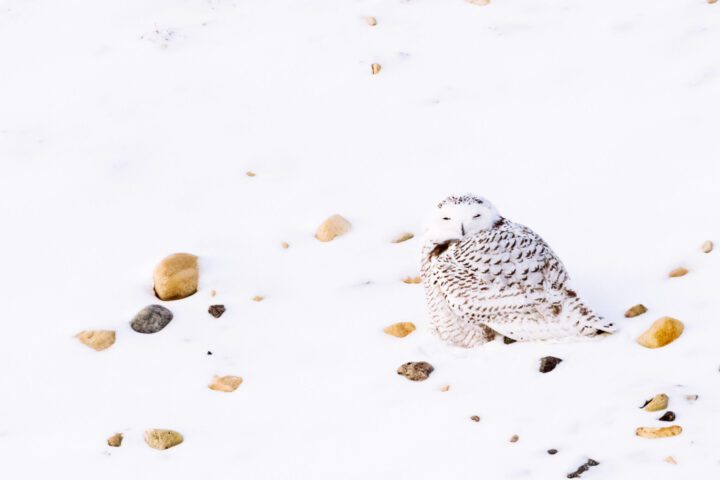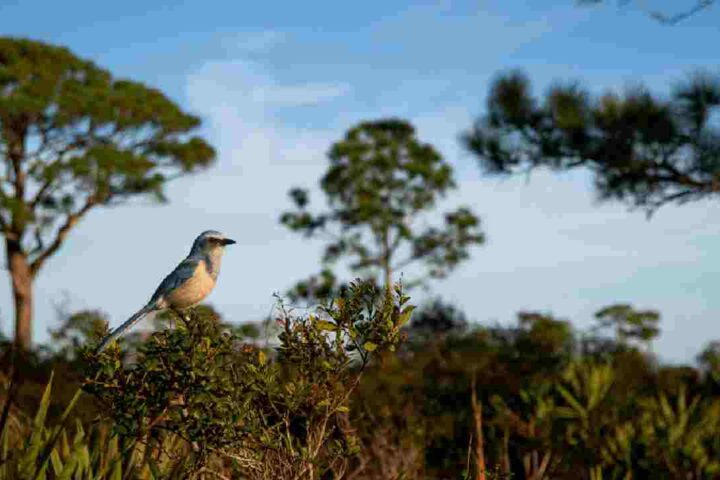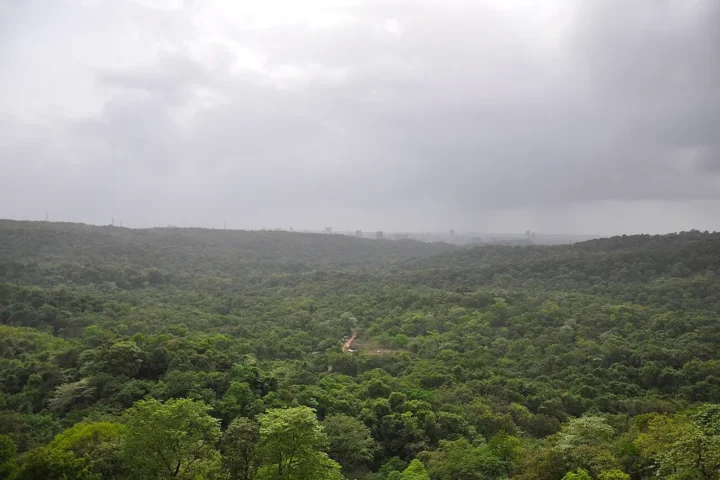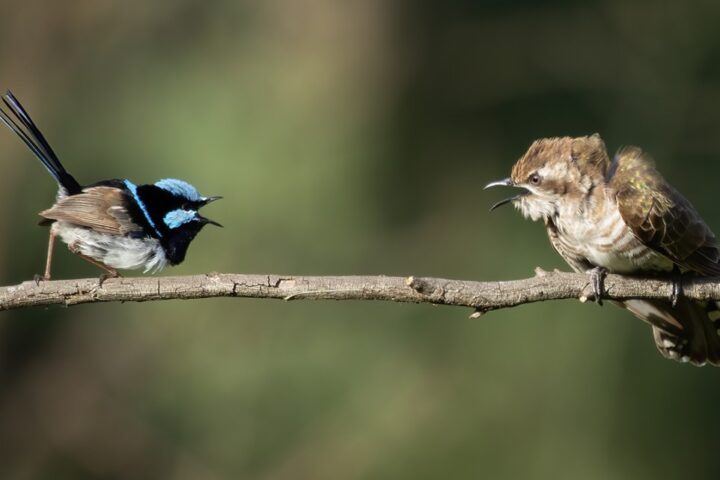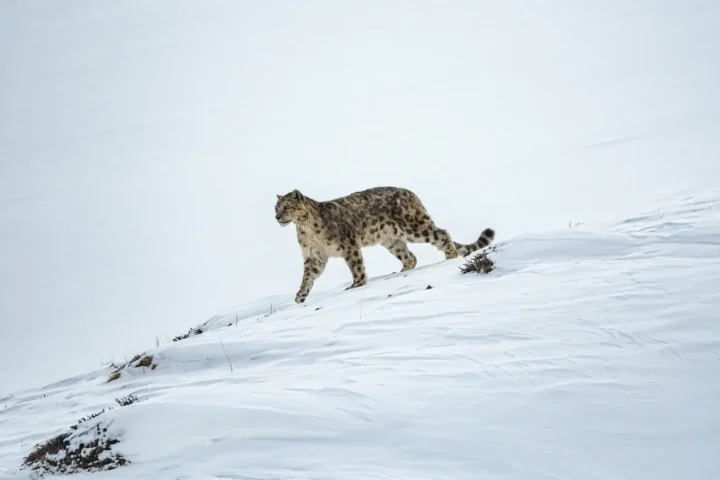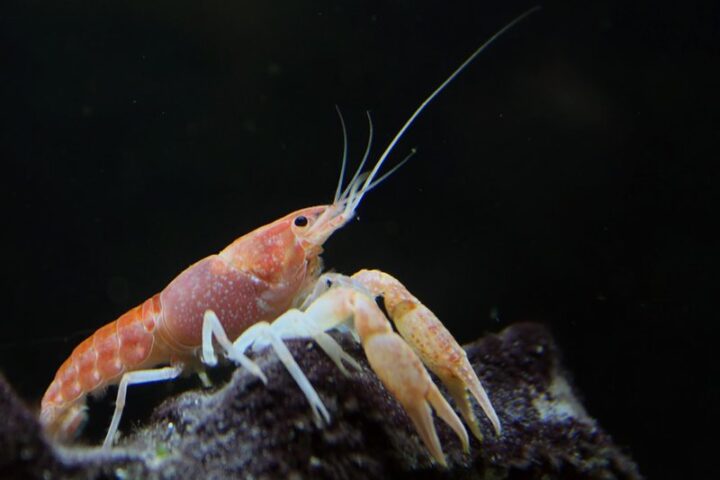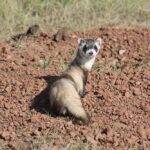Victoria’s threatened birds are showing signs of recovery through practical conservation work that combines new technology with on-ground action. Government teams, researchers, and local volunteers are working together to protect four key species facing survival challenges.
“Each breeding season presents a critical window for these birds,” explains Parks Victoria, highlighting the intensive monitoring needed to protect vulnerable populations. The Hooded Plover’s breeding program demonstrates these challenges – only 2.5% of eggs survive to adulthood on Victorian beaches.
Similar Posts
The Helmeted Honeyeater shows what targeted protection can achieve. Zoo breeding programs and wild feeding stations have helped this critically endangered bird grow to 250 wild birds. On the Surf Coast, careful beach management led to five new Hooded Plover chicks surviving between Torquay and Lorne – a record for the region.
For harder-to-find birds like the Plains-wanderer, teams use sound recording devices to track them. Sixty song meters pick up the distinctive mating call of female Plains-wanderers, helping researchers understand where these critically endangered birds live and move.
The Malleefowl protection work shows how habitat connections matter. Teams have mapped 74 nesting sites across 1,225 hectares of land. Since 2015, new plantings have created natural corridors between Berrook State Forest and Murray Sunset National Park, giving these birds more space to move and find mates.
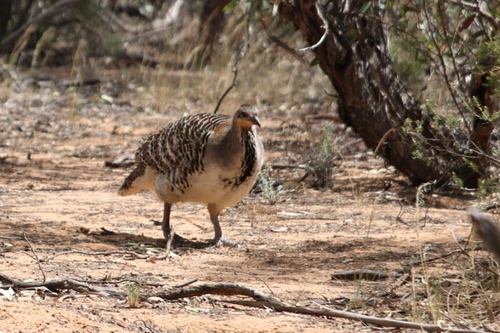
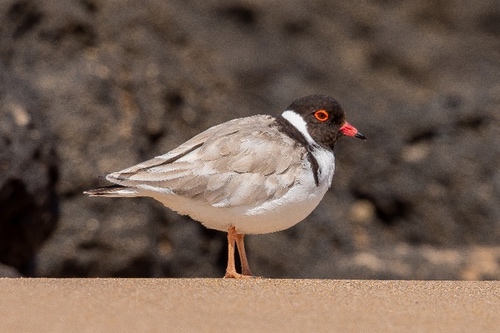
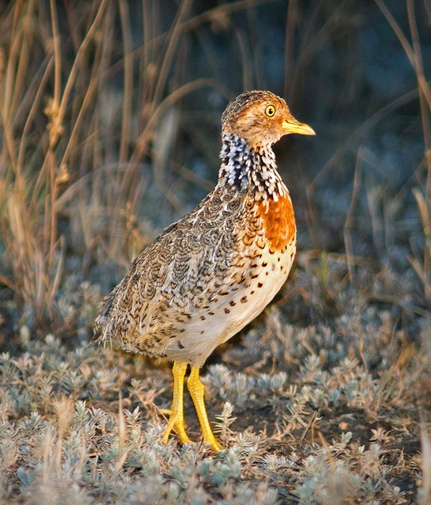
The Victorian Government has invested $609 million since 2014 in these wildlife protection efforts. This funding supports the practical work needed to help these birds survive – from exclusion zones around nests and educating over 1,500 people about protecting beach-nesting birds to the song meters tracking Plains-wanderers.
The success of these programs shows that focused, practical conservation work can help threatened birds recover, though continued protection remains essential for their survival
